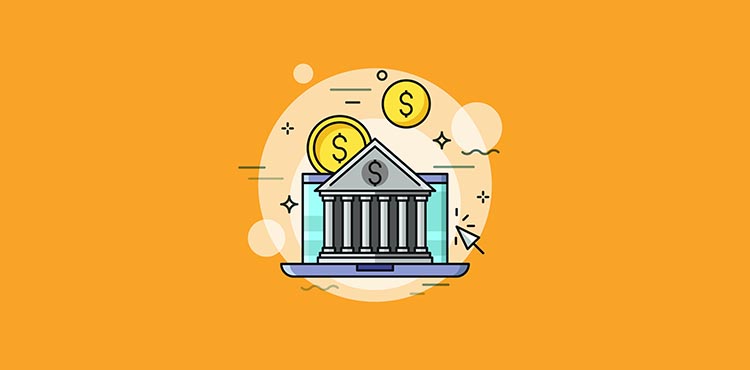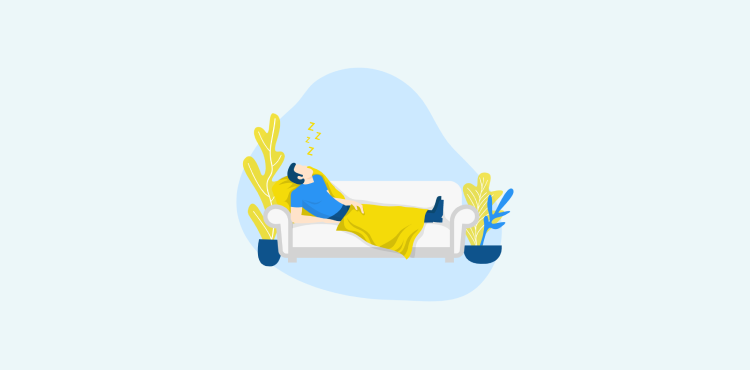Productivity is today’s hot topic in the workplace, from small retail stores to multi-million dollar global organisations. Silicon Valley tech companies, most notably Google and Apple, are notorious for their outrageous office campuses and unorthodox work policies. In the tech industry, companies are constantly trying to outdo each other in order to attract the best people they can and make them as productive as possible. Is it working?
The hope is that all these unusual office perks will lead to a more productive workforce. When performance and results are rewarded over hours worked, creative employees tend to thrive. By building a workplace that’s attractive to young, talented, creative people, tech companies are taking unique steps towards improving their overall productivity.
Are the perks and investments paying off? Should every office emulate their example?
How companies try to boost productivity
To improve employee productivity, most companies target a few specific things. They try to harness and enhance:
- Creativity;
- Passion;
- Freedom;
- Commitment;
- Satisfaction;
- Involvement/Participation, and;
- Growth.
These areas tend to relate strongly with productivity. When companies stimulate creativity and actively encourage employees to be involved, innovation is more common. Employees that are given the resources and freedom to pursue passion projects, they’re more likely to put more effort into the work and to be more committed to the job.
Another benefit of freedom on the job is flexibility in the working environment, including where and when employees are working, which tends to lead to higher job satisfaction and happiness. Even on its own, happiness increases productivity! Allowing people to work where and how they feel more comfortable naturally helps them to be more productive.
By encouraging further growth, companies take a risk that often pays off in their favour. Tech companies regularly offer programs to help pay for or arrange further education for their employees, who in turn stay and bring new ideas and perspectives to the company. Some employees take that education and growth and move on to a new job, but the ones who stay around tend to be worth the risk of turnover.
Why the focus on tech productivity?
Decades ago, companies looking to be more productive would simply require longer working hours and demand results from their employees. Productivity wasn’t top of mind for every office, though, because any industry changes took longer, allowing more time for innovations and reactions. There were times of rapid disruption, but nothing like what we experience today in the age of the internet.

With the internet, industry disruptions can happen overnight. You can’t see everything coming or predict what might pop up out of left field. With this in mind, tech companies need to be on their toes all the time, innovating to keep up with industry changes and stay ahead of competitors.
Productivity is a high priority for tech companies and any other companies that use tech to provide their products/services to the market (think AirBnb, Postmates, or Amazon). It’s all about getting the most out of every employee on a consistent basis without driving them away in the process.
Working longer hours and creating a hostile work environment revolving around fear as a motivator have both proven to be highly ineffective at anything other than increasing turnover. Today’s tech and information employees won’t settle for a bad workplace, because they have other options.
Do perks improve productivity?
Since we’ve discovered that fear and consequences aren’t the best motivators, the pendulum swung in the complete opposite direction. Now, we have this occasionally insane race to offer employees the best perks and positive motivators as incentives to be more productive.
Technology has already increased productivity across the board. Having the right tech is a simple change every employer can do to improve productivity. Things like project management systems, business instant messaging, and automation have made it easier to do more work in less time. But, these are less of employee perks and more of job-specific toolkits accessible to anyone.
Nap pods, work cafes, catered lunches, health stipends, childcare, and other recent workplace benefits fall into the category of perks. Some perks work to make employees more productive, while others can be ineffective or harmful to productivity.
Perks versus anti-perks
The more perks the better! Right? Or, is there a point at which perks can become a negative influence on your work rather than a benefit?
“Anti-perks” is a term coined to refer to workplace perks that aren’t as good as they seem. Many anti-perks can backfire and make a workplace less productive, exclusionary, or distracting.
For example, an office happy hour with free booze sounds great, unless you’re an alcoholic. Game/entertainment rooms are fun, but they can grow to be time wasters and distractions if an employee is feeling otherwise unmotivated.
Perks are meant to promote health and wellbeing for employees, allowing them to live better lives at work and at home, resulting in greater job satisfaction. For perks to accomplish that goal, they need to be tailored to a specific workplace and group of people.

Image: Unsplash
Throw it at the wall and see what sticks
The race to attract top talent has brought some interesting results. From [insert weird perks], companies have gone to great lengths to find something that makes sense. However, not all the out-of-the box ideas have been a failure.
As it turns out, nap pods, breakout spaces, pet-friendly offices, and full flexibility all have a growing body of evidence to support their potential benefits. Perks like these started out as wild experiments that went against the status quo, but today we’re discovering the real benefits they can provide under the right circumstances.
Tailoring your own productivity strategy
Does this mean it’s time to start looking for quotes on your own nap pods? Not necessarily. The best way to know which perks might make sense in your company is to simply ask your employees.
Surveying employees to see what they prioritise and what issues they have with the existing work environment could lead you directly to the perks or workplace features you need to focus on improving.
Maybe your staff would rather have some quiet, secluded spaces to work rather than a ping-pong table in the break room. Or, perhaps they’d prioritise the ability to customize their environment (natural light, temperature, air quality, etc.) over the ability to work outside the office. You won’t know until you ask.
Just because one blueprint works for Google or Apple doesn’t mean it’ll also work for you.
Are the crazy perks effective?
At the end of the day, not everything tech companies and start-ups are doing is boosting their bottom line. But, by creating a company culture that promotes a healthy, happy workforce, they’re succeeding in reducing turnover and increasing productivity. Google’s 20% rule or Netflix’s anti-bureaucratic expense policy are great examples of HR innovations that tapped into true employee needs and made the company a better place to work.
The headline-making perks in “fun” offices are not 100% effective. Some are subject to abuse in the office. Depending on the demographics of your workforce and the type of company culture you have or want to have, they may either add to or detract from your productivity.
Age and workplace culture
Unsurprisingly, younger millennial (people born between 1981-1995) and working age gen Z (from 1995 to roughly 2013) employees care a lot more about the fun, flexible, and unconventional office perks than those from older generations.
Employees above the age of 35 are more likely to have significant responsibilities in their lives away from work. They could have a mortgage, children, car payments, and any number of other bills piled on top of their everyday living expenses. For this age demographic, slides at work are unlikely to make them more productive or healthy. Instead, they tend to prioritise monetary benefits that reduce their stress or cost of living in some way, such as childcare benefits or housing allowance.
Depending on what your company does and how it works, the emphasis placed on perks can also vary.
It makes more sense to have napping spaces in offices that rely heavily on creative work rather than repetitive work, or offices that regularly have virtual meetings from different time zones. If you’re building a more relaxed company culture, an in-house café with collaborative work spaces can be a great way to do that.
On the other hand, a company with a culture that’s more professional and focused may not benefit from having a Ping-Pong table and beer on tap in the kitchen. Smaller companies that operate locally rather than globally may not need sleeping spaces or recreational rooms at all, opting instead for perks that help improve employee health and welfare in general or promote further skills gain.
In Summary
Although the tech industry is famous for unorthodox workspaces and employee perks, it’s a model that has limited application elsewhere. At its core, your perks and employee benefits infrastructure should revolve around making the lives of your specific team better, increasing productivity by improving quality of life and general happiness.
What works for one company won’t always work for another. Don’t copy and paste another company’s office perks into your own space without careful consideration of the impacts of each perk or benefit. Find what works with your employees and what helps you promote the right company culture and grow from there.
No need to try keeping up with the Joneses, unless you happen to be a tech company in Silicon Valley. In that case, good luck.
About the Author
Nikola Baldikov is a Digital Marketing Manager at Brosix, a secure instant messaging software for business communication. Besides his passion for digital marketing, Nikola is an avid fan of football and he loves to dance.



